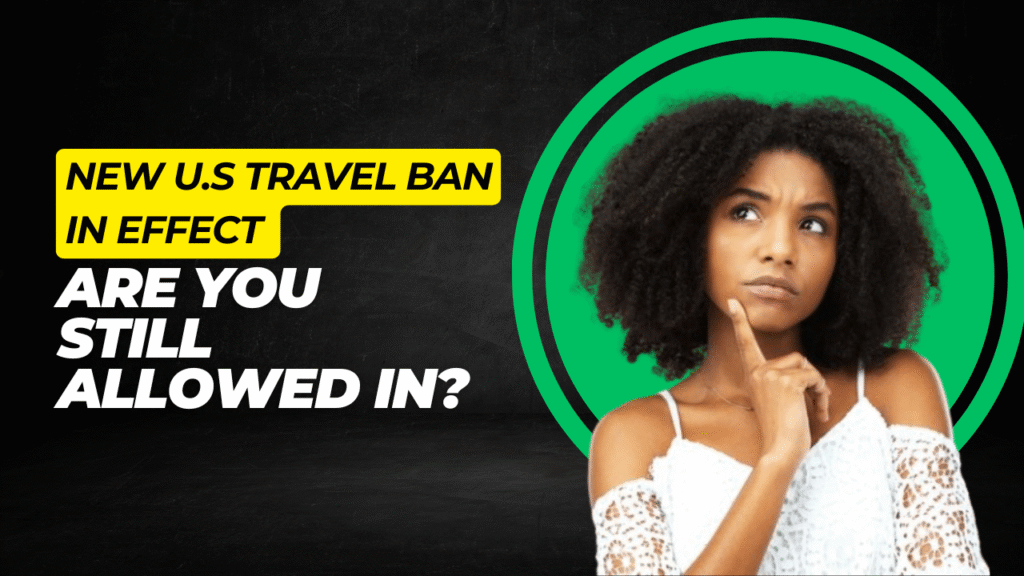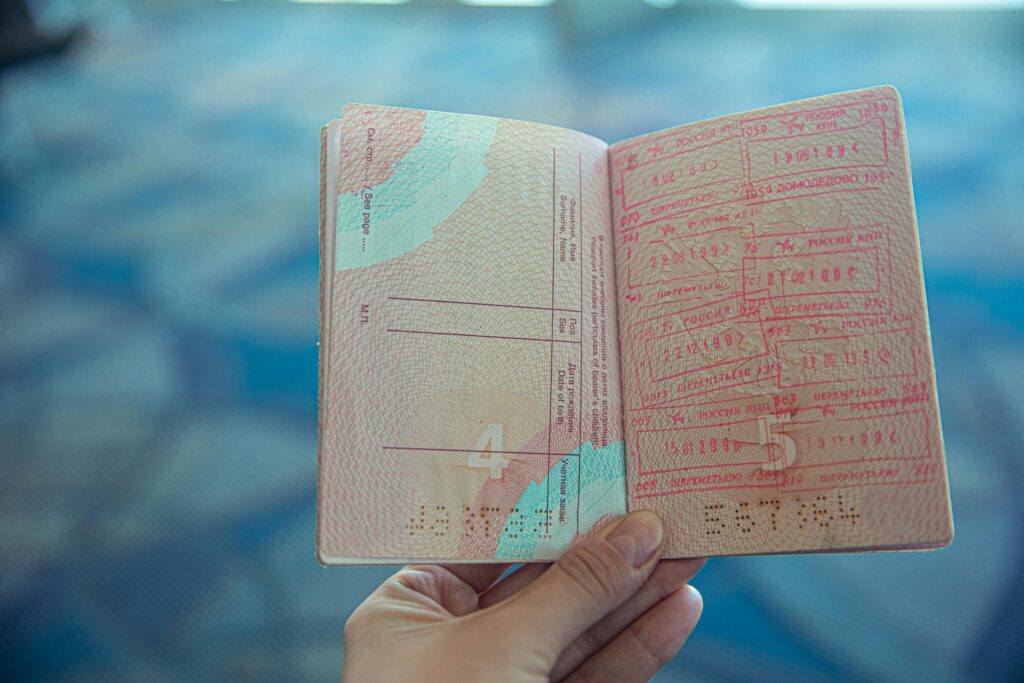
The United States just updated its travel policy, and many travelers don’t even know they’ve been banned. There were no big headlines. No countdown. Just a swift policy change that became effective June 9th 2025 impacting visa applications, boarding gates, and entry points.
If you have plans to visit the U.S. anytime soon—whether for work, study, vacation, or even a layover, this blog post is a must-read. At Fly Consular, we’re always on alert so you don’t get caught off guard.
Here’s what’s changed, who’s affected, and how to protect your travel plans.
What’s the New U.S. Travel Ban About?
This isn’t the first time the U.S. has introduced immigration restrictions, but this one comes with new rules. The policy targets travelers from specific countries, placing full or partial entry bans depending on the case due to national security concerns.
Think of it as a “No Entry” sign for some, and a “Proceed with Caution” for others.
⚠️ Countries with Full Travel Bans
If you’re from any of these countries, the U.S. is currently not issuing visas (immigrant or nonimmigrant) at all. That includes tourist, student, work, and immigrant visas:
Countries in this category include: Afghanistan, Myanmar (Burma), Chad, Republic of the Congo, Equatorial Guinea, Eritrea, Haiti, Iran, Libya, Somalia, Sudan, Yemen. If you’re from one of these countries and don’t already have a U.S. visa issued before June 9, you can’t get one right now.
Countries with Partial Restrictions
For these countries, it’s a case of limited access. Some visa types are still allowed, but categories like tourist (B1/B2) and student/exchange visas (F, M, J) are either restricted or have shorter validity.
Countries in this category include: Burundi, Cuba, Laos, Sierra Leone, Togo, Turkmenistan and Venezuela.
If you are planning to study, visit family, or attend an event in the U.S.? Triple-check your visa eligibility if you’re from any of these countries.
How This Policy Could Affect Your Travel Plans

Whether you’re planning a short visit or a long-term stay, here’s how this policy might impact you:
- Visa application delays or rejections: Your documents may be subject to additional review—or denied altogether.
- Flight rescheduling or cancellations especially if your route passes through a restricted country.
- Stricter entry procedures: Expect longer immigration checks, more questions, and extra paperwork.
- Increased documentation requirements: Proof of purpose, travel history, financial records, and even return tickets may now be scrutinized more closely.
What Are the Exceptions to This Policy?
The policy isn’t black-and-white. If you fall into any of these categories, you may still be allowed entry:
- U.S. green card holders (permanent residents)
- Dual citizens traveling with a passport from an unrestricted country
- Diplomats, athletes, or other special invitees
- Some asylum seekers or those entering on humanitarian grounds
Still, we strongly recommend checking your individual case. Don’t assume you’re in the clear without confirming with an immigration advisor or the U.S. Embassy.-

Tips for Navigating the U.S. Travel Ban
- Before booking your flight to the U.S., keep these smart travel tips in mind:
- Double-check your visa status and travel history
- Even a short visit to a flagged country could trigger a delay.
- Avoid connecting flights through restricted countries, layovers matter more than you think.
- Stay updated with U.S. embassy advisories as policies can change quickly, and without much notice.
- Consult a travel advisor: A quick chat could save you thousands in lost bookings and rejections.
The rules of international travel can change overnight just like this one did but you don’t have to figure it all out alone. That’s why Fly Consular exists: to help travelers navigate sudden shifts without losing time, money, or peace of mind.
What are your thoughts on this new U.S. travel policy? We’d love to hear from you in the comments.